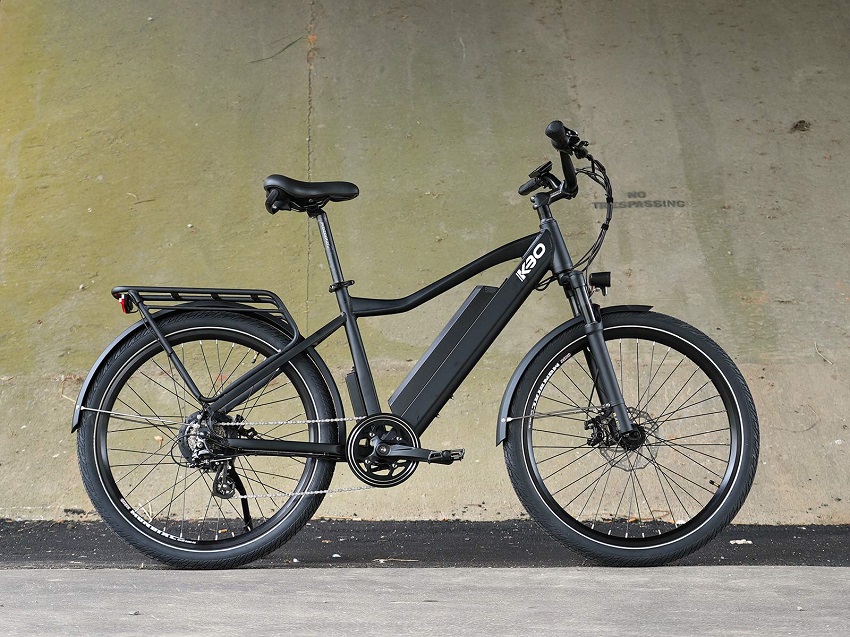
29 Sep Explained: How an E-Bike Differs from Traditional Bicycle
With technological advancements such as in-tube batteries and smaller motors, electric bikes look very similar to regular bikes nowadays. Electric bikes have the same wheels, handlebars and body geometry as regular pedal bikes.
The mechanical elements also all function in the same way, including the pedals and brakes that are used by real money casinos’ users. An electric bike is simply a pedal bicycle with the addition of an electrical drive system to give you some extra power. This system consists of a Motor, Sensor, Battery, Controls and Display.
Appearance
Contrary to popular belief, eBikes are not clunky in appearance. In fact, you may not be able to differentiate between an e-bike and a traditional bike at first glance. E-bike batteries usually fit right into the frame, so they are not readily visible. All the basic bike parts – from the handlebars to the seat to the wheels – look more or less the same on an e-bike as they do on a regular bike. Electric bicycles also have a reputation for being heavy, but e-bikes usually weigh between 40 and 50 pounds. This is around the same weight as a classic bicycle.
Mechanics And Repairs
One major concern prospective e-bike buyers have is the logistics of getting an e-bike repaired. As e-bikes are relatively new, can you take them to your neighbourhood bike shop? In most cases, yes. While e-bikes do include a motor and battery, the basic working parts are not that dissimilar from a traditional bicycle. An experienced bike mechanic should not be stymied by an e-bike and will be able to repair things like broken chains or gears. The only difference is that you often have to order things like motors and batteries straight from the manufacturer, but most e-bike companies offer some kind of warranty. This should offset any extra costs.
Riding
The main reason people opt for e-bikes over traditional bicycles is that electrical assistance allows them to ride them significantly faster and farther on an e-bike. E-bikes can often go anywhere from 25 to 28 miles per hour, and the perks do not stop there. Pedal assist often helps riders get over hills and tough terrain with ease, so even amateur bike riders can tackle tough trails. The fact an e-bike goes so much faster than a traditional bicycle can significantly impact your cycling range as well. The average person can usually bike between 10 and 15 miles per hour, making longer trips untenable, according to the cyclist from top online casino.
Fitness
If cycling is part of your workout routine, it is understandable to wonder whether an e-bike really gets your heart rate up. While it may seem obvious that a traditional bike – which does not provide any pedal assistance – would be a better workout, it is not quite that simple. Even with the help of pedal assistance, you still burn calories and build muscle on an e-bike. It is true that you may exert more energy on a traditional bike, but many people do end up riding their e-bikes more often simply because they can take them to more places.
Rules and Regulations
Motorized vehicles are restricted by government rules and regulations. Class 2 e-bikes like the Boogie Bike Cruiser do not require a permit or insurance (in most locations), but additional rules can vary by state. For example, some states require wearing a helmet, while other states have a minimum age requirement to operate an e-bike. Before you go on a ride, check with the land manager or local municipality for the rules and regulations on electric bikes.

No Comments